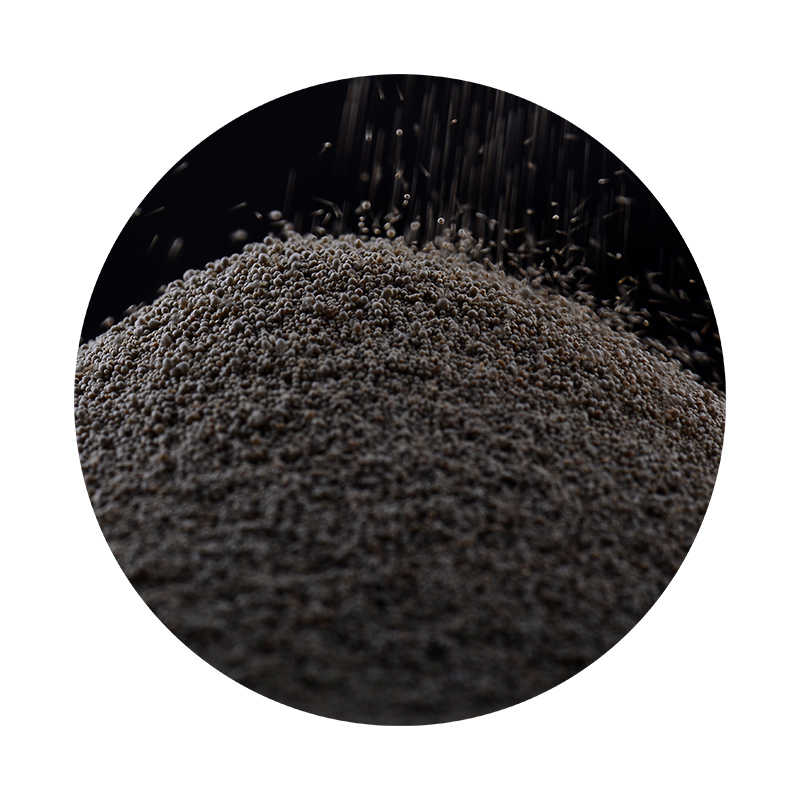The Art of Sanding 3D Printed Objects Techniques and Benefits
3D printing has revolutionized the way we create objects, from intricate prototypes to functional final products. However, one crucial step often overlooked in the finishing process is sanding. While 3D printing allows for complex designs and rapid prototyping, it doesn’t always produce a perfectly smooth surface. Sanding 3D printed objects is an essential technique that can enhance the aesthetics and functionality of printed items. In this article, we will explore various sanding techniques, tools, and the benefits they provide.
Why Sanding is Important
When a 3D object is printed, it is built layer by layer. This layering process can result in visible lines, rough edges, and a textured surface that may not align with the desired finish. Sanding helps to eliminate these imperfections, allowing for a smoother surface. This is particularly important for items intended for display, as a polished finish can greatly enhance their visual appeal. Moreover, sanding can improve the performance of the object; a smoother surface can reduce friction and improve the fit between moving parts.
Tools and Materials
To achieve the best results when sanding 3D printed objects, it is essential to use the right tools and materials. Here are some commonly used items
1. Sandpaper Available in various grits, sandpaper is the most basic and commonly used tool for sanding. Start with a coarser grit, such as 80 or 120, to remove larger imperfections, and gradually progress to finer grits, like 220 and 400, for a smooth finish.
2. Sanding Sponges These are flexible and can conform to the contours of the object, making them ideal for sanding curved or irregular surfaces.
3. Dremel Tools For larger or more complex prints, a rotary tool can be useful. By attaching a sanding drum or a grinding bit, you can quickly remove material and smooth surfaces.
sanding 3d printed objects

4. Water or Lubricants Using water or a lubricant can help reduce dust and prolong the life of sandpaper when sanding plastic materials.
Sanding Techniques
1. Wet Sanding Wet sanding involves using water or oil on the sandpaper, which helps to reduce dust and provides a smoother finish. This technique is particularly effective on materials like PLA and ABS.
2. Progressive Sanding Begin with a coarse grit to remove larger imperfections, then move to finer grits gradually. This approach ensures that you do not leave scratches from the coarser sandpaper.
3. Use of Jigs For highly detailed prints, jigs can help control the sanding process, ensuring that every part of the object receives an even finish without hand fatigue.
4. Inspect and Clean After sanding, always inspect the object for imperfections before moving on to painting or sealing. Use a brush or compressed air to clean off sanding dust.
Benefits of Sanding 3D Printed Objects
The advantages of sanding 3D printed objects extend beyond aesthetics. A well-sanded surface can improve paint adhesion, ensuring that finishes look their best and last longer. Furthermore, smoothing out surfaces can significantly enhance the object’s tactile quality, making it more pleasant to handle.
In conclusion, sanding is an essential step in the finishing process of 3D printed objects. By investing time and effort into properly sanding these items, users can achieve professional-level results, enhance their functionality, and prepare their creations for a range of applications. Whether you are an enthusiast or a professional, mastering the art of sanding opens up new possibilities in 3D printing.
Post time:اکتوبر . 02, 2024 00:12
Next:Enhanced Super Sand Adhesive for Superior Bonding Performance
